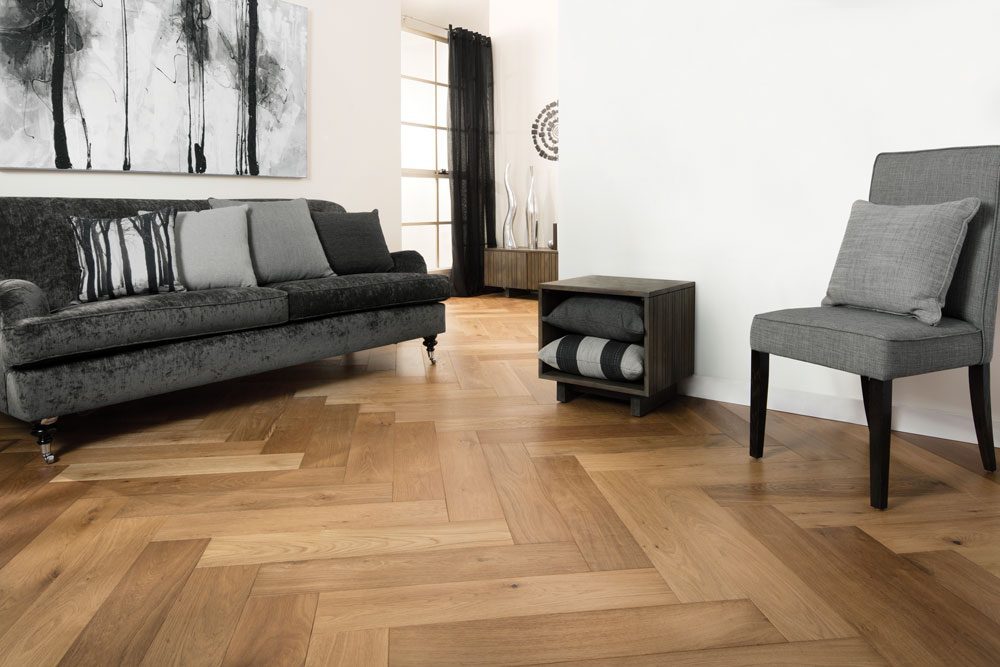Herringbone is a classic pattern that has been used for centuries in a variety of applications, from textiles to flooring. It is a distinctive, zigzag pattern that is instantly recognizable and often associated with sophistication and elegance. In this article, we will explore the history and versatility of the herringbone pattern.
The herringbone pattern is believed to have originated in ancient Egypt, where it was used in weaving textiles. It later spread to other parts of the world, including Europe, where it became popular in the design of flooring and clothing. The pattern is named after the herring fish, which has a similar zigzag pattern on its scales.
One of the most notable applications of the herringbone pattern is in flooring. Herringbone flooring is a type of hardwood flooring that features planks laid in a herringbone pattern. The pattern is created by laying the planks at a 45-degree angle to the walls, so they interlock and form a zigzag pattern. The result is a floor that is both visually striking and durable, as the interlocking planks provide added stability.
Herringbone flooring has been used in some of the world’s most iconic buildings, including the Palace of Versailles in France and the White House in the United States. It has also become a popular choice for residential flooring, as it adds a touch of elegance to any room.
In addition to flooring, the herringbone pattern has been used in a variety of other applications. One of the most common is in textiles, where it is used in the design of clothing and home decor. Herringbone fabrics are often made from wool or other natural fibers and feature a distinctive zigzag pattern.
Herringbone fabrics are popular for a variety of reasons. They are durable, warm, and have a classic, timeless look that never goes out of style. They are also versatile and can be used in a variety of applications, from suits and jackets to upholstery and curtains.
Another popular use of the herringbone pattern is in brickwork. Herringbone brickwork is a type of bricklaying that features bricks laid at a 45-degree angle to the walls, creating a distinctive zigzag pattern. This type of brickwork is commonly used in the construction of chimneys, archways, and other architectural features.
Herringbone brickwork is popular for a variety of reasons. It adds visual interest to a building’s exterior and is often used to create a sense of depth and texture. It is also durable and provides added stability to the structure.
The herringbone pattern has also been used in the design of furniture. Herringbone furniture is typically made from wood or other natural materials and features a distinctive zigzag pattern in the design. This type of furniture is often seen in traditional or rustic settings and adds a touch of warmth and coziness to any room.
Herringbone furniture is popular for a variety of reasons. It is durable and long-lasting, and its classic design never goes out of style. It is also versatile and can be used in a variety of settings, from formal dining rooms to casual living spaces.
In conclusion, the herringbone pattern is a versatile and timeless design that has been used for centuries in a variety of applications. From flooring to textiles, brickwork to furniture, the herringbone pattern adds a touch of elegance and sophistication to any space. Whether you prefer a traditional or modern look, the herringbone pattern is sure to be a classic design choice that will never go out of style.


